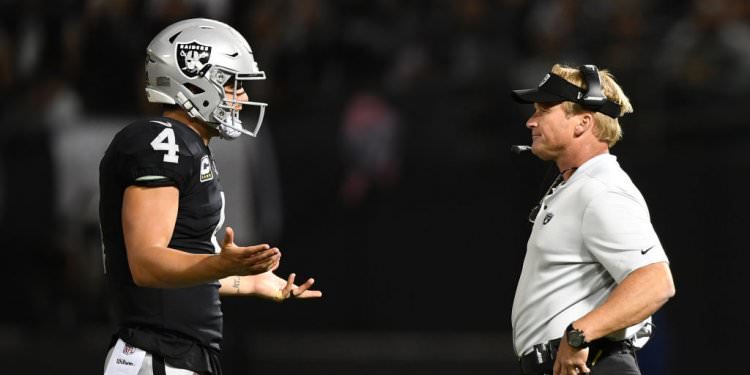Why sports leagues want advertisers to care about games outside finals and playoffs
Even if a game isn’t make or break, sports leagues and brands want fans to be paying attention — and they’re hopeful new strategies will win over that fan base.
The NFL’s Pro Bowl, set to take place on Feb. 4 and one week ahead of Super Bowl, has held a somewhat secondary status in the eyes of football fans, lacking the heightened significance of regular-season or playoff games.
As a result, brands like Verizon — with its Pro Bowl sponsorship that started in 2src15 — have introduced incentives to win over viewers.
“For us, it is about giving football fans a reason for tuning in and caring about the Pro Bowl, since, for a long time, it has mostly been a game that was skippable and can be avoided by fans,” said Kristin McHugh, Verizon’s SVP of marketing and creative. “Our marketing strategy revolves around creating an immersive and exclusive experience for our [Verizon] subscribers.”
Outside of sponsoring the Pro Bowl, Verizon is offering discounts to NFL Sunday Ticket via myPlan, its unlimited wireless offering, and is planning an in-person presence in Orlando, Fl. The financial agreement between Verizon and NFL was not disclosed.
The NBA’s in-season tournament has also been offered by the NBA as a way for advertisers to broaden their fan base and reach more people.
“It’s not just the games themselves, it’s all of the shoulder content that’s successful. So you get the pre-game, you get the post-game, you get the after after game concerts, you’ve got the award shows, the draft events, everything is designed to make you feel like this is a spectacle you can’t miss,” said Paul Furia, head of content and creative packaging at the media agency, Media by Mother.
With these events, marketers and media buyers emphasize that they want to engage audiences initially, to cultivate long-term viewership and fan loyalty. They also serve as an opportunity for advertisers to reach sports fans — without the price tag of a championship ad. Last year’s Super Bowl ads, as an example reportedly went for $7 million for a 3src-second spot.
“Sports leagues are looking for buzzworthy moments to increase viewership in the short term, which can often lead to viewers getting more hooked on the league and more likely to become a long-term viewer and having higher viewership helps them sell more ads and increase revenue,” said Frank Maguire, VP of insights, strategy, and sustainability, at omnichannel ad exchange Sharethrough.
The NFL highlighted the Pro Bowl Games as an outlet to reach an international fan base, as the league is targeting younger international audiences under 3src years old as well as women and the latin community.
“Giving youth athletes from around the world the opportunity to come together and play flag football, while engaging with the best-of-the-best in the NFL also playing the game, helps reinforce those aspirational pathways,” said Stephanie Hsiao, NFL’s VP of international marketing.
According to Nielson Media Research, In 2src23, Pro Bowl viewers decreased from 6.9 million viewers in 2src22 to 6.2 million in 2src23. On the contrary, the Super Bowl, increased viewership from 5src million in 2src22 to 115 million viewers in 2src23.
Sports leagues are actively encouraging advertisers to extend their interest beyond the finals and playoffs. Taking a distinctive approach, the Pro Bowl offers a unique perspective compared to the Super Bowl’s prominence in brand advertising, according to Mark Keaney, CRO of Greenfly, a short-form media software platform. “There is also a layer of localization where the players in the Pro Bowl represent all of the teams and markets in the NFL and the sponsors have more access to tickets and events to use in local market sweepstakes to drive excitement around the NFL brand and Pro Bowl,” said Keaney.
According to marketers and agency executives, allocating marketing dollars to the Pro Bowl and non-big game matches has become increasingly imperative for brands to connect with fans on a more personal level, creating lasting relationships beyond the spotlight of major championship games.
Marissa Solis, NFL’s SVP of global brand and consumer marketing, highlighted a shift in strategy with the introduction of the Pro Bowl Games. The focus has become more concentrated on expanding the fanbase and attracting new audiences, specifically targeting those under the age of 35 (with a Gen Z focus), women, and the Latino community. This differs from the Super Bowl, which caters to a broad audience of both casual and avid fans, leading to a nuanced balance in messaging.
“While variations will exist given the differences in objective and audience, our strategic storytelling approach does not differ and we aim to tell authentic, ‘helmets off’ stories that connect our fans to our players in a more human way, and we aim to ensure our brand comes across in a much more approachable, inclusive and modern way,” she said.
https://digiday.com/?p=5274src3


